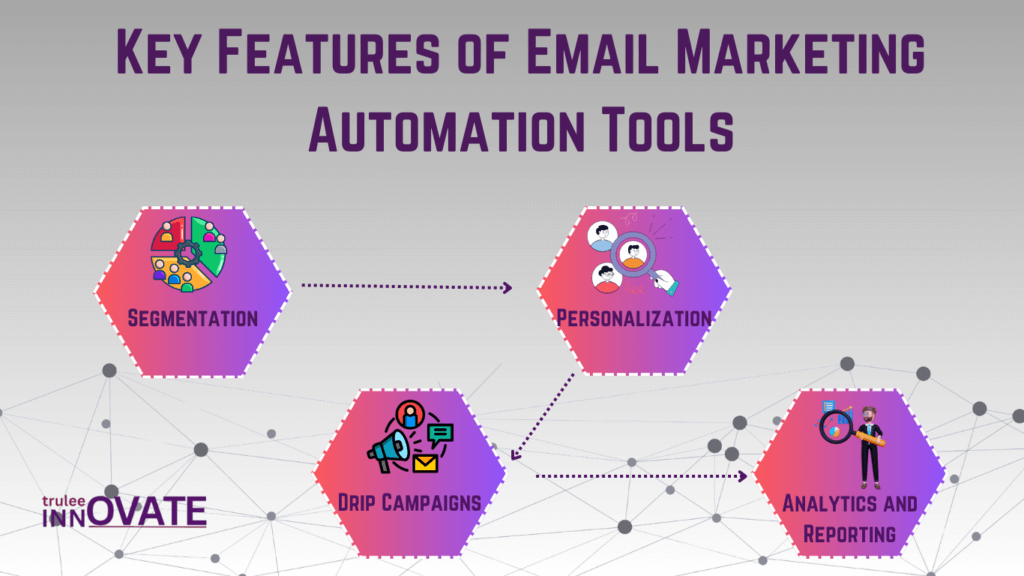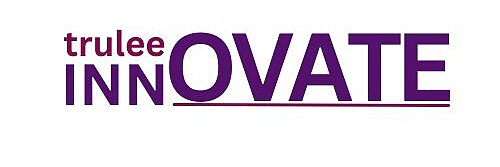Introduction to Email Marketing Automation
Email marketing automation is transforming the way businesses engage with their audiences. By using software to automate repetitive tasks, marketers can focus on crafting personalized experiences that resonate with customers. Whether you’re nurturing leads, welcoming new subscribers, or re-engaging inactive users, email marketing automation can streamline your efforts and maximize results.
What is Email Marketing Automation?
Email marketing automation involves the use of tools to send personalized emails based on user actions or predefined triggers. Automation enables you to design workflows that automatically send the appropriate message at the appropriate moment, in contrast to traditional email marketing.
Importance of Automation in Modern Marketing
Automation is crucial for efficiency in the fast-paced digital world of today.. It empowers businesses to maintain consistent communication, improve customer relationships, and scale their efforts without compromising quality.
Benefits of Email Marketing Automation
Time Efficiency
Automated workflows save countless hours by eliminating manual tasks. Once set up, campaigns run seamlessly, ensuring timely communication with your audience.
Improved Customer Engagement
With tailored content and personalized interactions, automation helps foster stronger connections, leading to higher open and click-through rates.
Enhanced ROI
Investing in automation tools pays off as you reach the right people with targeted messages, driving conversions and increasing revenue.
Key Features of Email Marketing Automation Tools
Segmentation
Effective automation relies on segmentation, allowing you to group your audience based on demographics, behavior, or interests.
Personalization
Tools enable you to address recipients by name and tailor content to their preferences, enhancing the user experience.
Drip Campaigns
Automated drip campaigns deliver a series of pre-written emails over time, nurturing leads through the sales funnel.
Analytics and Reporting
Automation platforms offer insights into campaign performance, helping you refine strategies for better outcomes.

How to Choose the Right Email Marketing Automation Tool
Factors to Consider When selecting an automation tool, consider:
Budget: Verify that the tool satisfies your financial limitations.
Features: Keep an eye out for crucial features like analytics, segmentation, and integration potential.
Scalability: Pick a platform that can expand to meet your company’s demands.
A Comparative Analysis of Common Tools
Mailchimp: With its user-friendly features, it is perfect for novices.
HubSpot: An all-inclusive answer to sophisticated marketing requirements.
ActiveCampaign: CRM integration and strong automation capabilities are hallmarks of ActiveCampaign.
Step-by-Step Guide to Implementing Email Marketing Automation
Defining Campaign Goals
Start by identifying what you want to achieve—whether it’s lead nurturing, customer retention, or boosting sales.
Building an Email List
Grow your subscriber base with sign-up forms, gated content, or social media promotions. Ensure your list is permission-based to comply with regulations.
Creating Automated Workflows
Design workflows for different scenarios, such as: Welcome sequences for new subscribers
Abandoned cart reminders for e-commerce
Follow-up emails post-purchase
Best Practices for Effective Email Marketing Automation
Writing Compelling Email Copy
Craft messages that are concise, engaging, and actionable. Use clear subject lines and strong calls-to-action.
Timing and Frequency Optimization
Determine the optimal times to send emails by conducting data analysis. Avoid bombarding subscribers with excessive communication.
A/B Testing and Performance Monitoring
Test different email elements—such as subject lines, visuals, and CTAs—to identify what resonates most with your audience.
Common Challenges in Email Marketing Automation and How to Overcome Them
Avoiding Over-Automation
While automation is powerful, overusing it can make communication feel impersonal. Find a balance between human interaction and automation.
Maintaining Email Deliverability
Ensure your emails don’t end up in spam folders by adhering to best practices, such as verifying your sender domain and using a clean email list.
Case Studies: Successful Campaigns
E-commerce Success: A clothing brand used abandoned cart emails to recover 25% of lost sales.
Lead Nurturing: A software company increased conversions by 30% with personalized drip campaigns.
Future Trends
AI and Machine Learning Integration
Advanced algorithms enable predictive analytics, helping marketers anticipate customer needs and tailor emails accordingly.
Predictive Analytics
By analyzing user behavior, automation tools can recommend the best time to send emails or suggest content that aligns with audience interests.
Conclusion
Email marketing automation is now essential for companies hoping to succeed in a cutthroat industry, not just a luxury. By leveraging the right tools and techniques, you can deliver personalized experiences, nurture relationships, and achieve remarkable results.
Take the first step today—start automating your email marketing campaigns and watch your business soar!


